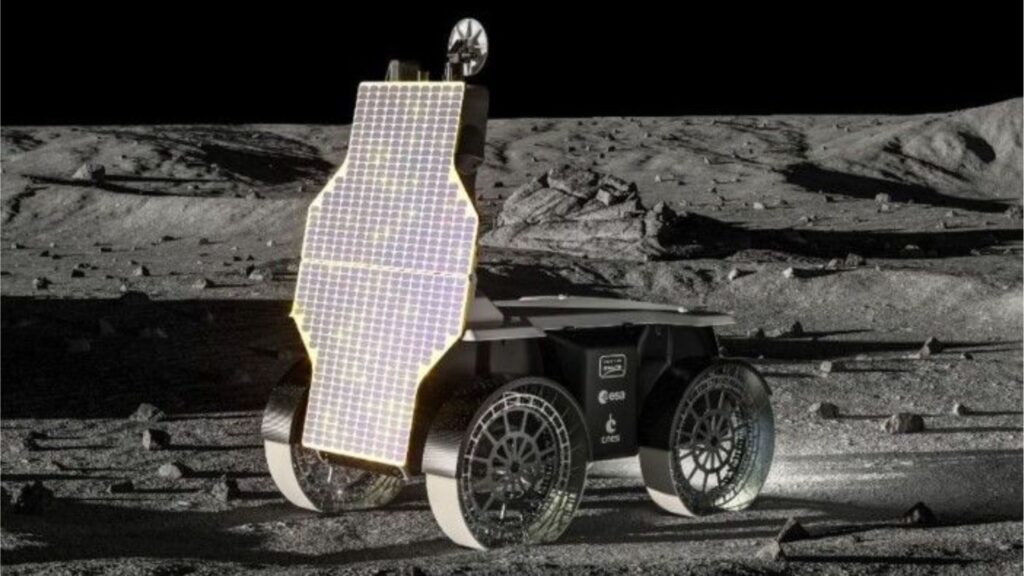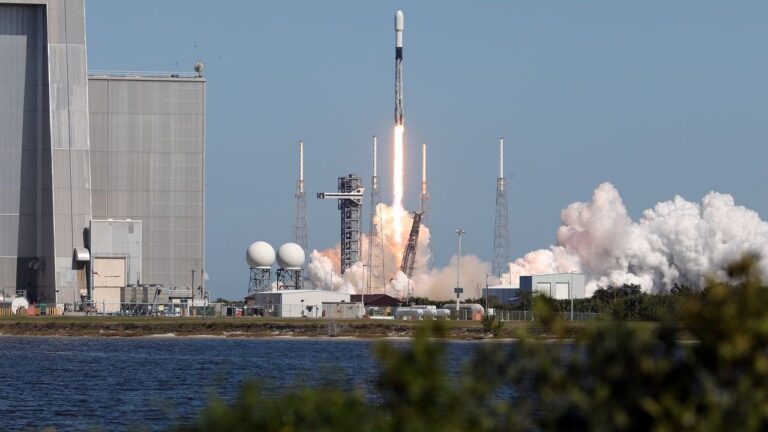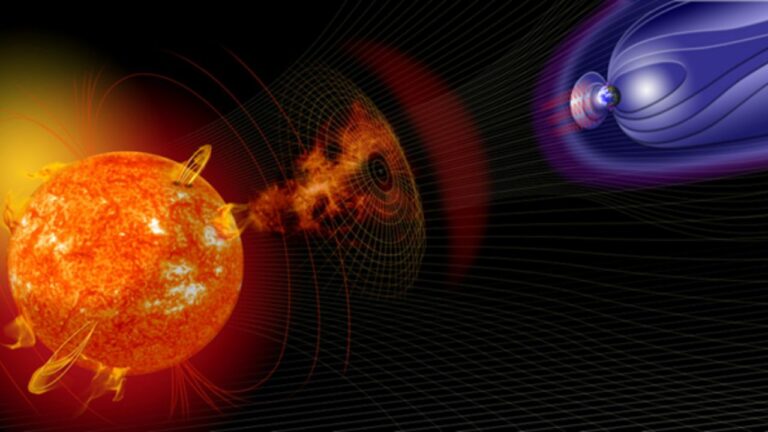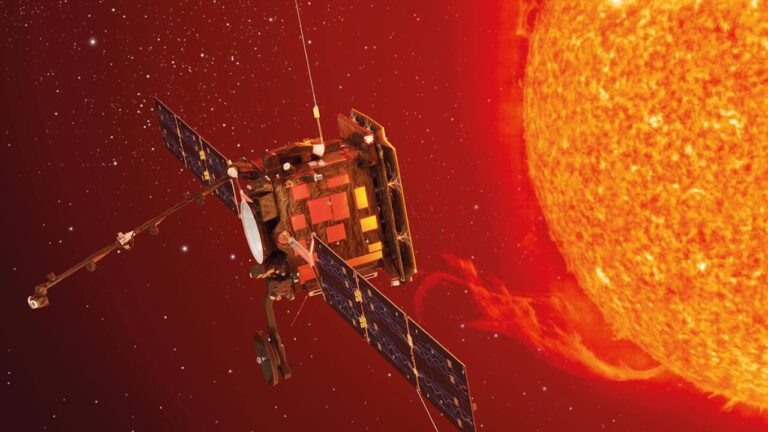
Venturi Space, a Monaco-based aerospace company, has revealed a new all-European lunar rover concept named Mona Luna, aiming to fill a key gap in Europe’s lunar exploration ambitions. The unveiling took place at the Paris Air Show on June 16, where the rover was showcased alongside models from American partner company Astrolab.
The Mona Luna is a robust robotic vehicle measuring 2.5 meters in length and 1.64 meters in width, with a total weight of 750 kilograms. Designed to navigate the Moon’s challenging terrain, the rover incorporates advanced suspension and steering systems, allowing it to reach speeds of up to 20 kilometers per hour. The vehicle’s systems and components are positioned centrally to improve thermal regulation during the Moon’s extreme temperature fluctuations between day and night.
Antonio Delfino, Director of Space Affairs at Venturi Space, emphasized the importance of building a larger, all-terrain capable rover for future lunar missions. “On the Moon, you encounter slopes and loose soil. You need a true all-terrain vehicle — and right now, no one is developing that kind of rover,” Delfino said.
Unlike smaller lunar rovers currently in development, Mona Luna is designed to support large-scale exploration and resource extraction missions. “To mine or extensively explore the Moon, a massive rover is necessary. That demands entirely different technology,” Delfino noted.
The rover is equipped with battery and specialized “hyper-deformable” wheel technology, also used in projects Venturi is developing with Astrolab. However, Delfino clarified that the Mona Luna project is entirely European, with a strict separation from Astrolab’s initiatives, despite their shared exhibition space at the Air Show.
Venturi Space has received preliminary support from the European Space Agency (ESA) for some of the technologies underpinning the Mona Luna. The company is seeking broader backing at ESA’s ministerial conference this November, where decisions will be made regarding agency funding over the next three years.
Currently, ESA’s exploration roadmap includes the Argonaut lunar lander and Ariane 64 launch vehicle, but lacks a rover component. Delfino argued that Mona Luna could bridge this gap and proposed a potential public-private partnership model to reduce costs — an approach similar to NASA’s Lunar Terrain Vehicle program. He said ESA leadership responded positively to the idea during preliminary discussions.
The Mona Luna rover is designed to be delivered to the Moon aboard ESA’s Argonaut lander, potentially launched by Ariane 64 rockets. Venturi is also in talks with private companies in Europe and beyond, signaling broader commercial interest in the project.
“In Europe, we have the lander and the launcher — but no rover,” Delfino concluded. “We are pushing hard to convince decision-makers that this is the missing link in European lunar exploration.”






